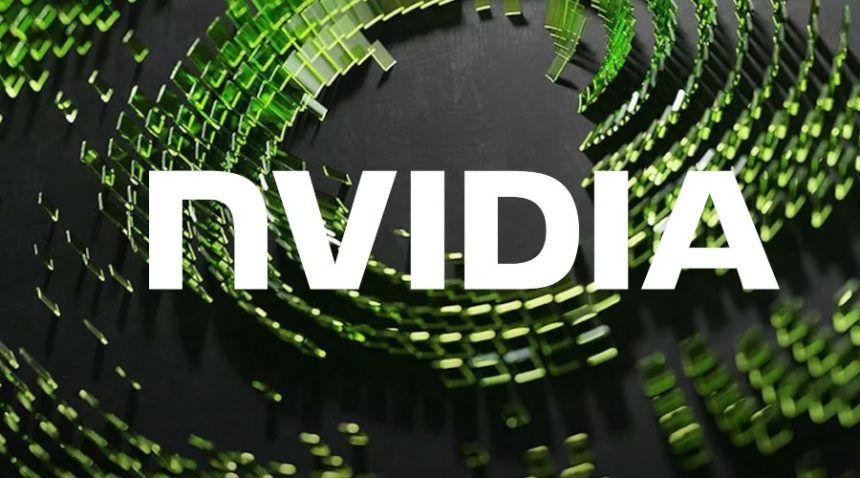AI leader Nvidia just became the world’s most valuable company — but can it keep soaring
Nvidia has recently reached a record-high valuation, becoming the most valuable publicly traded company in the world for a short time. Its market value crossed $3.45 trillion, briefly surpassing tech giants like Microsoft and Apple. This incredible rise is largely driven by Nvidia’s leadership in artificial intelligence (AI) technology, powerful computer chips, and strong financial performance. The question now is whether Nvidia can continue this growth or if it has reached its peak.
What Is Driving Nvidia’s Growth
Several major factors have helped Nvidia grow rapidly:
Strong Earnings and Revenue
Nvidia’s recent financial results were extremely strong. In the first quarter of 2025, the company reported a revenue of $39.3 billion, which was a 78% increase compared to the same time last year. Its profit also rose sharply, with net income more than doubling. For the full financial year of 2025, Nvidia earned $130.5 billion in revenue.
Most of this growth came from Nvidia’s data center business, which includes chips used in AI servers. That part of the business earned over $35 billion in a single quarter, which shows how important AI technology has become for the company’s success.
Leadership in AI
Nvidia makes special chips called GPUs (Graphics Processing Units), which are used for gaming, data centers, and most importantly, artificial intelligence. Modern AI models, like those used in chatbots and self-driving cars, need a lot of computing power. Nvidia’s chips are currently the best in the world for this purpose.
Nvidia’s latest chip architecture, called Blackwell, is in high demand. This new design allows faster and more efficient AI training, which is necessary for companies building AI systems.
Global Demand and International Deals
Nvidia has seen strong demand not only in the U.S. but around the world. In Saudi Arabia, for example, it has secured a deal to supply 18,000 AI chips, supported by the country’s large investments in future technologies. The company is also benefiting from relaxed U.S. trade rules, which now allow more AI chip exports to countries like China.
Investor Confidence
Many major banks and investment firms have a positive outlook on Nvidia. Some believe the company’s value could reach $4 trillion or even $5 trillion in the future. This confidence comes from Nvidia’s clear leadership in AI and its strong earnings growth.
Is Nvidia Overvalued
While Nvidia’s value is at an all-time high, many experts believe it is still reasonably priced compared to its profits.
The price-to-earnings (P/E) ratio, which compares stock price to earnings, is about 32, similar to other big tech companies.
The PEG ratio, which also considers future growth, is just over 1, which is considered good. This means the stock is not too expensive for the kind of growth it is delivering.
So even though Nvidia is worth trillions, it may not be overvalued if it continues growing at this pace.
Risks to Future Growth
Despite the excitement, some risks could slow Nvidia down:
Trade Restrictions
Although some export rules have eased, the U.S. still restricts sales of advanced chips to China. This could hurt Nvidia’s future revenue. China is a large technology market, and losing access to it could cost Nvidia billions.
Political Tensions
Nvidia works with partners in places like Taiwan and China, which are part of ongoing global political tensions. Any new conflict or regulation could negatively affect Nvidia’s ability to operate freely.
Increased Competition
Other companies like AMD, Intel, and even chipmakers in China are trying to compete with Nvidia. If they catch up in AI chip development, Nvidia’s dominance could be challenged, which might hurt its market share.
Economic Slowdown
If the global economy weakens, technology spending might go down. Companies may delay or cancel their AI investments, which would hurt Nvidia’s sales.
Future Products and Innovation
Nvidia is not slowing down. It has several important new products coming:
The RTX 50 series graphics cards for gamers and content creators were launched in early 2025. These offer faster speeds and better graphics.
The Rubin architecture, which is expected in 2026, promises even more powerful chips that could double the performance of current ones.
Its software platforms, like CUDA, continue to be widely used in AI research and development, making Nvidia not just a hardware company but a part of the entire AI ecosystem.
These innovations show that Nvidia is planning for long-term success.
Importance in the Tech Market
Nvidia’s rise also reflects the broader trend of AI becoming central to technology. Alongside companies like Microsoft, Apple, Google, and Amazon, Nvidia is part of the so-called “Magnificent Seven” that are leading the current stock market rally.
Many investors now see Nvidia as a key indicator of how the tech sector is doing overall. Its performance often influences the mood of the entire stock market.
What’s Next for Nvidia
If Everything Goes Well:
AI demand continues to grow.
Nvidia stays ahead in chip technology.
Trade restrictions ease further.
The company continues to expand into new markets.
If Problems Arise:
New trade rules could limit sales in China.
Competitors may develop similar or better chips.
A weaker economy may reduce tech spending.
Final Thoughts
Nvidia’s recent success is built on strong earnings, cutting-edge technology, and growing global demand for AI. Its $3.45 trillion valuation is not just hype—it reflects real financial strength and industry leadership.
Still, challenges like trade limits, political tensions, and competition could affect its future. To keep growing, Nvidia must continue to innovate, expand globally, and stay ahead of rivals.
Whether Nvidia can hold its position as the world’s most valuable company will depend on how it navigates these risks and seizes new opportunities. For now, it remains at the center of one of the biggest technology shifts in history.





